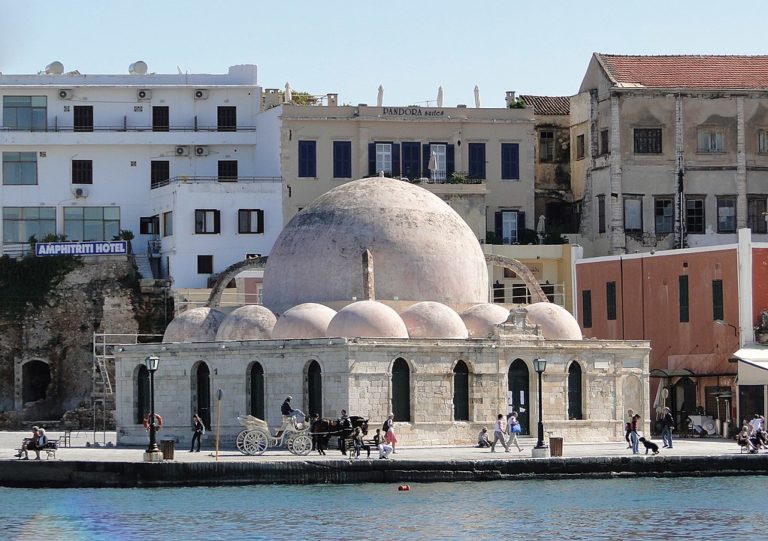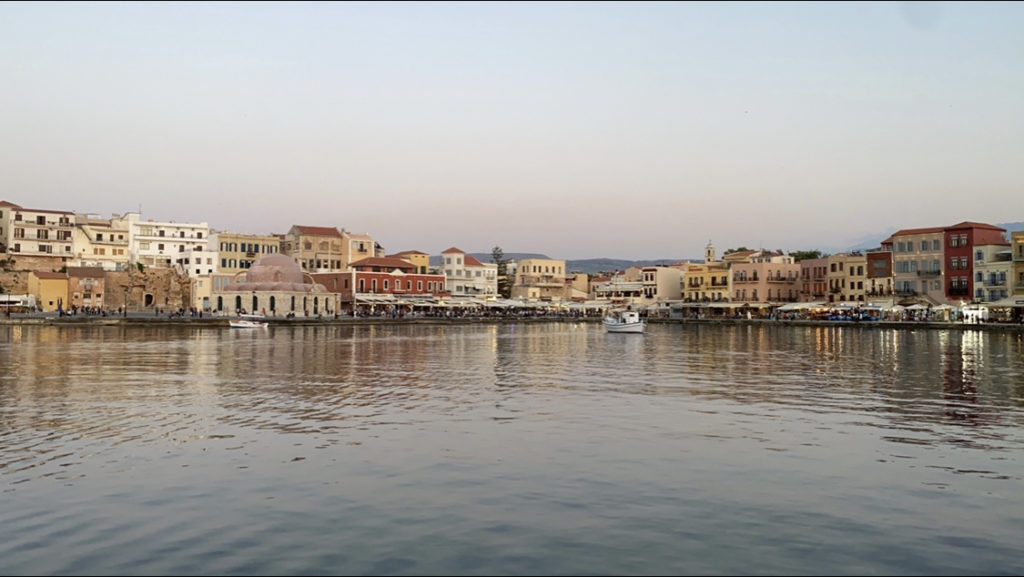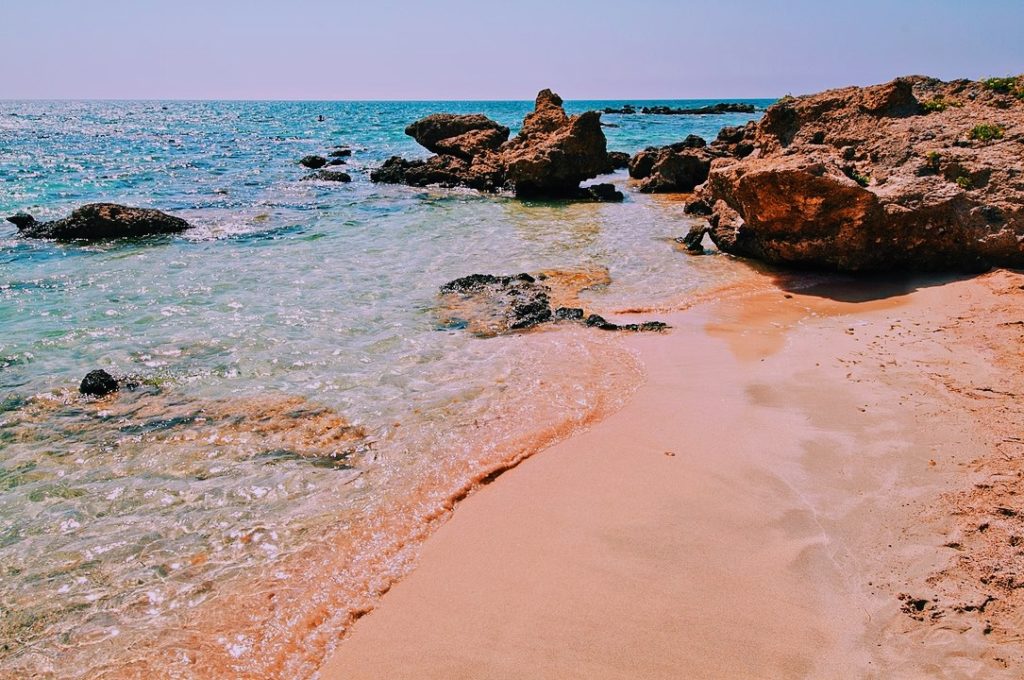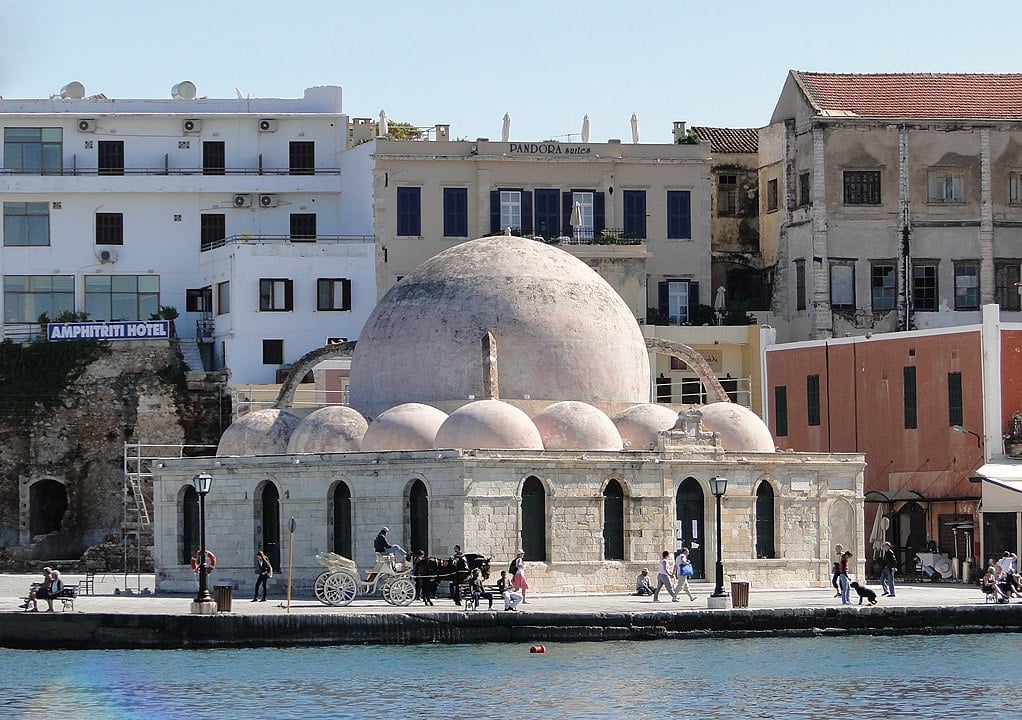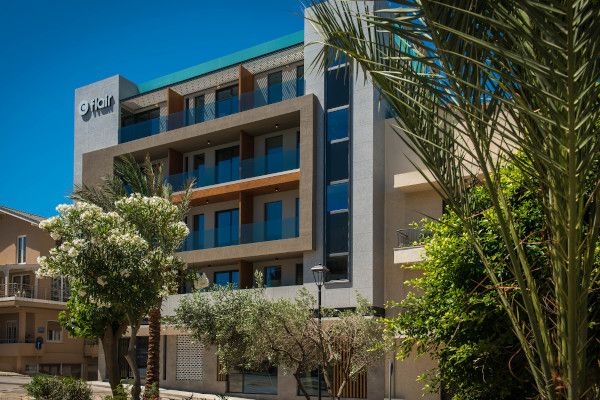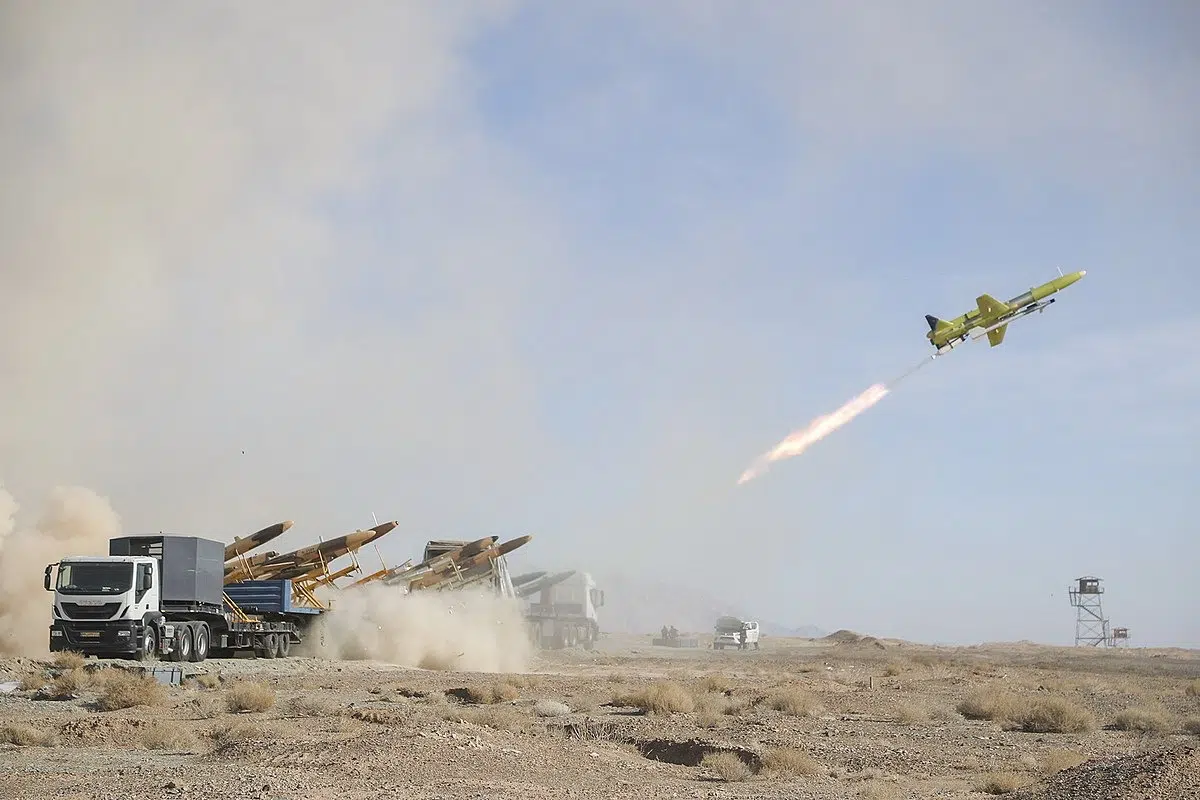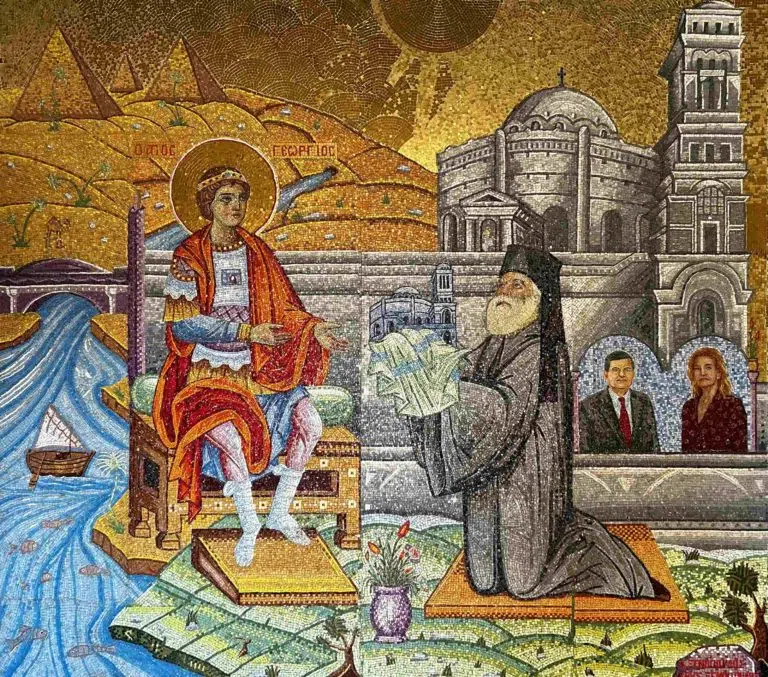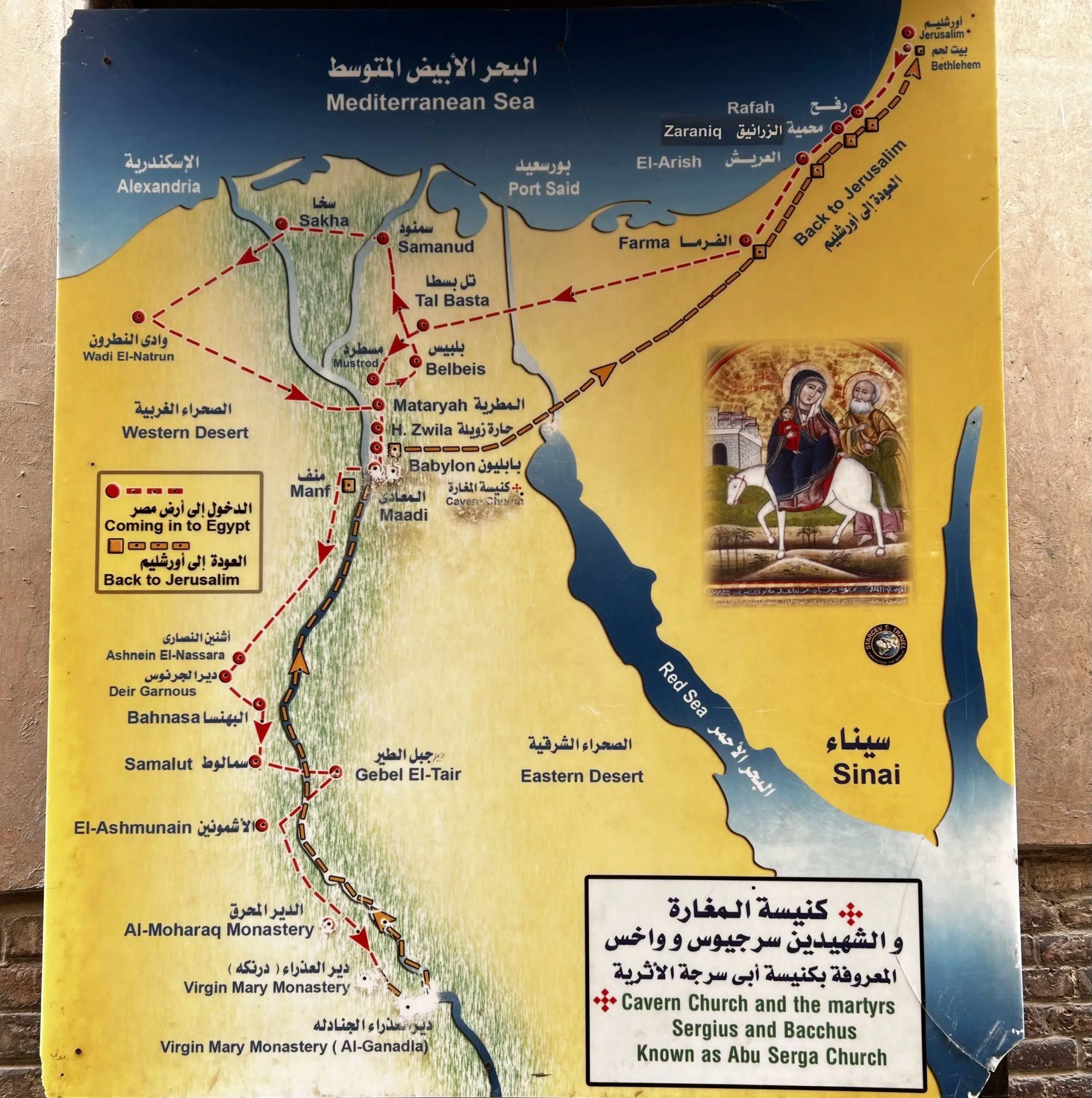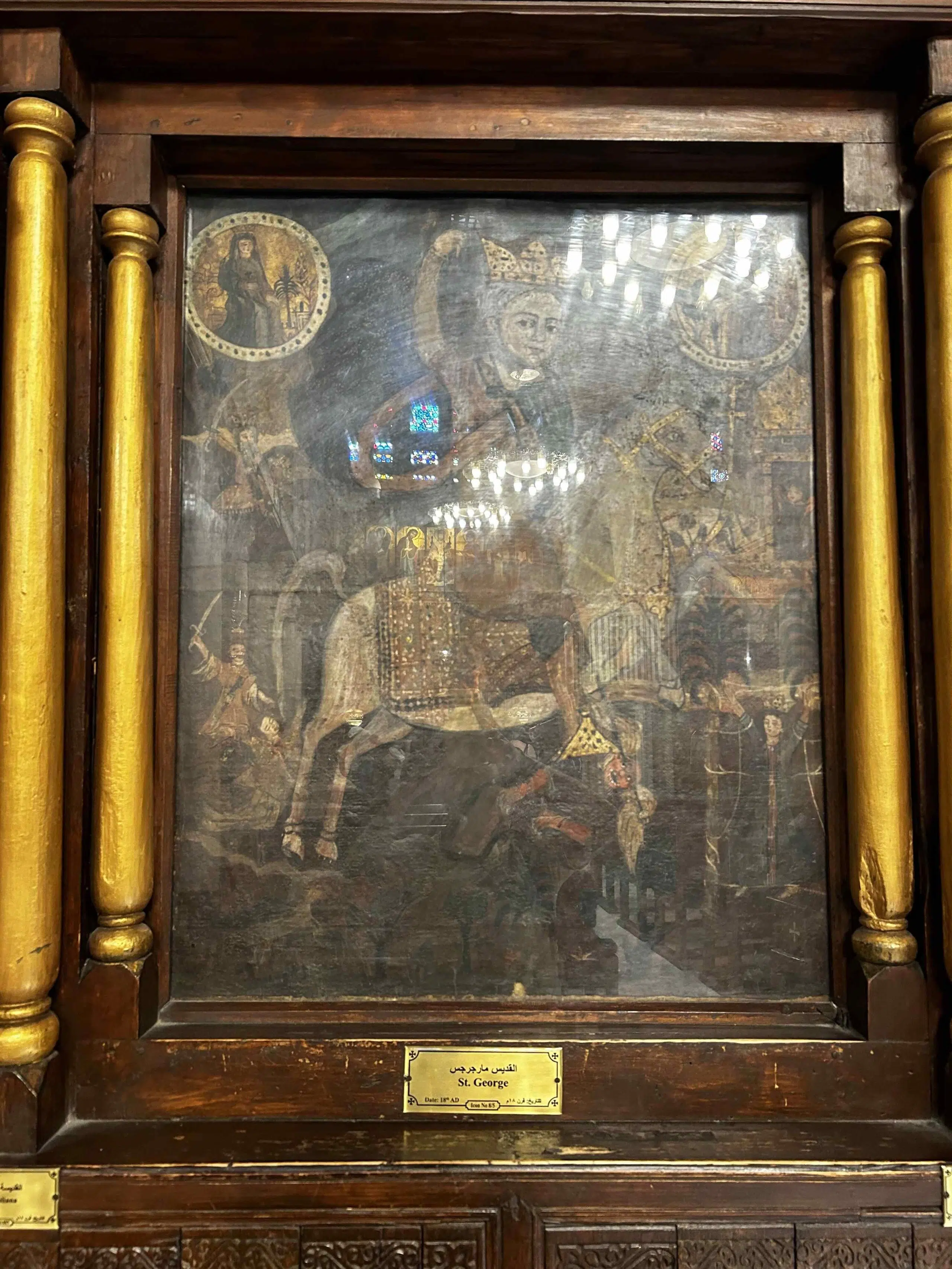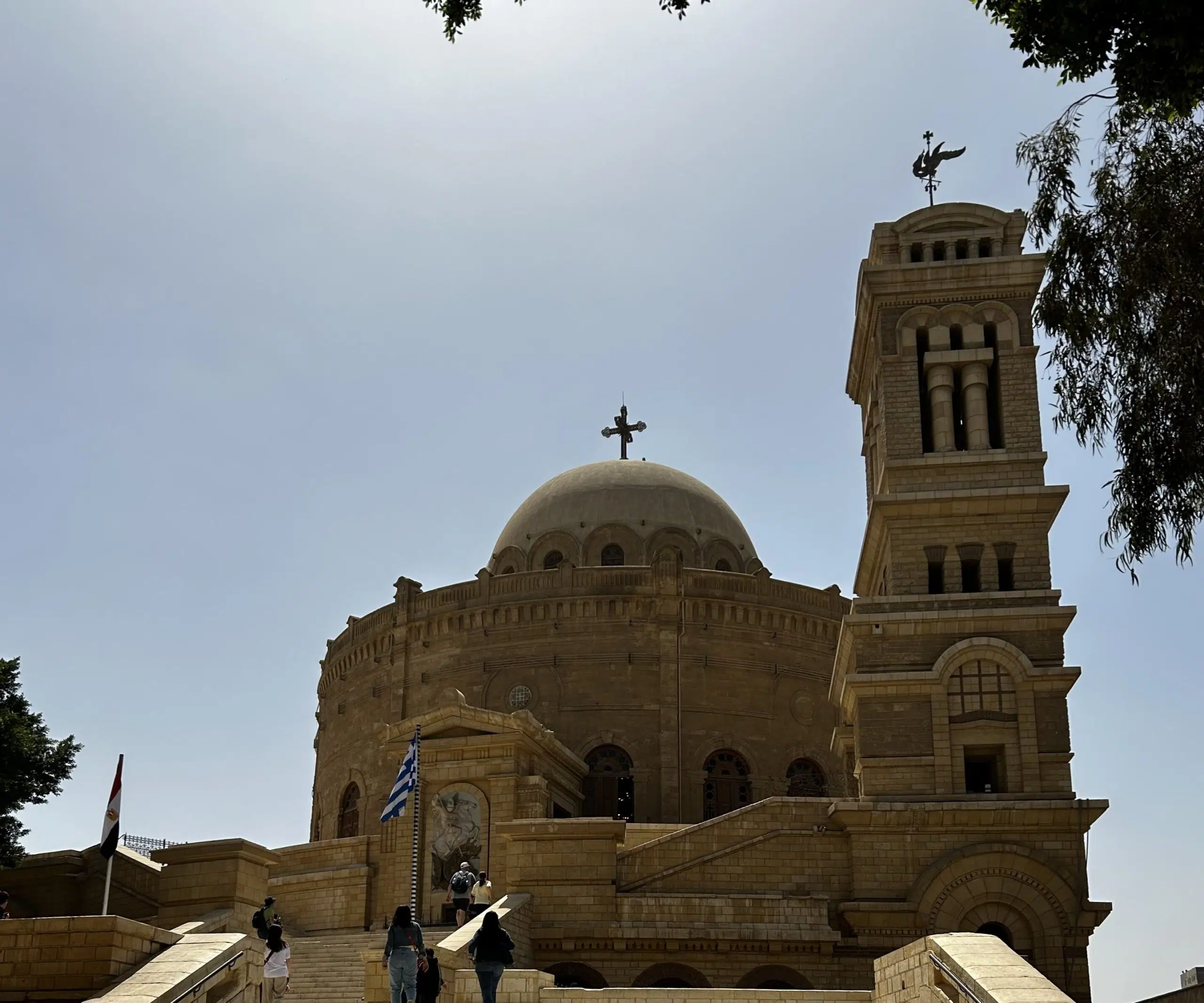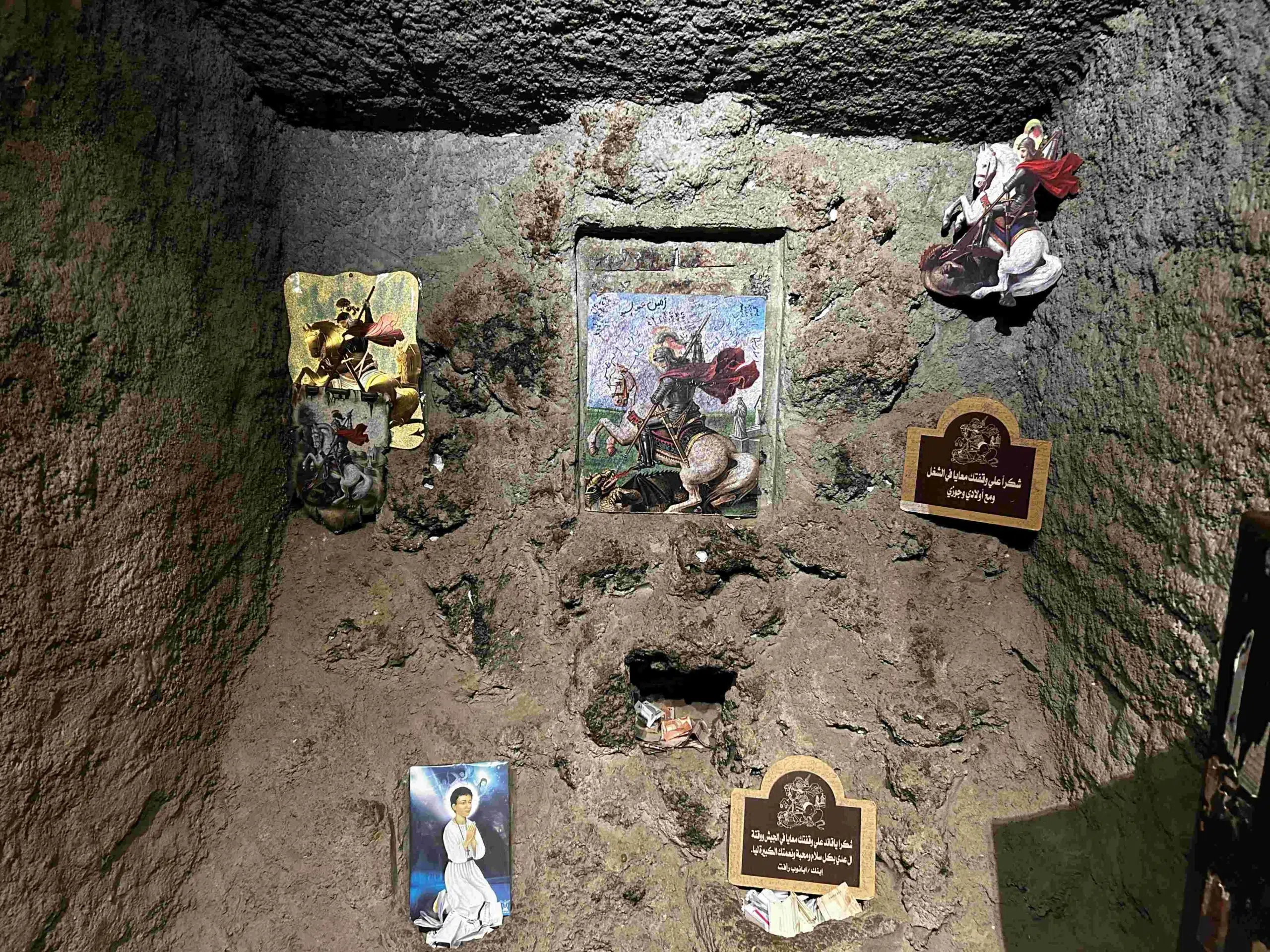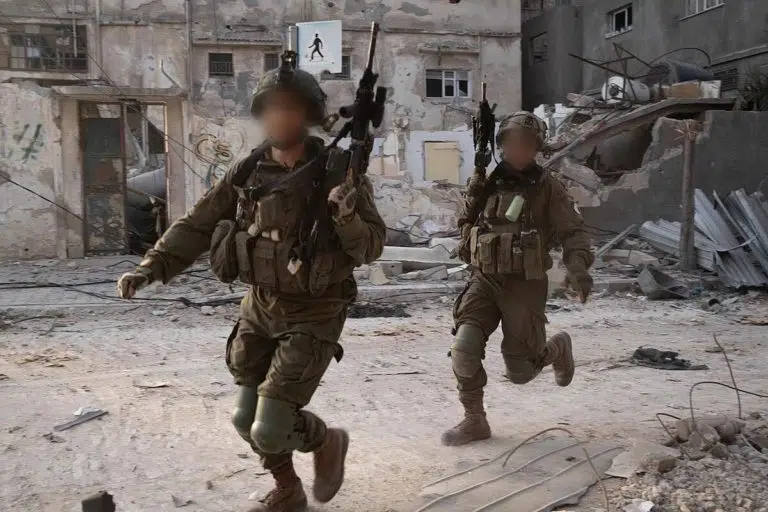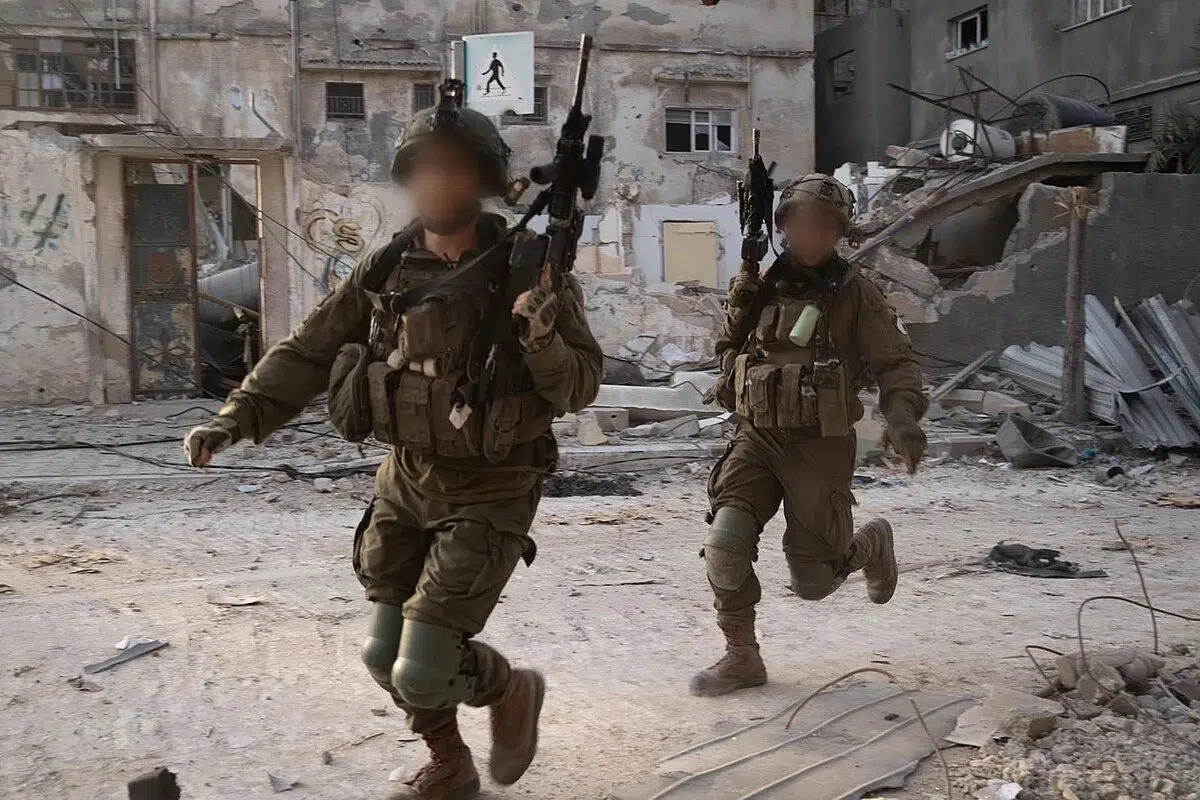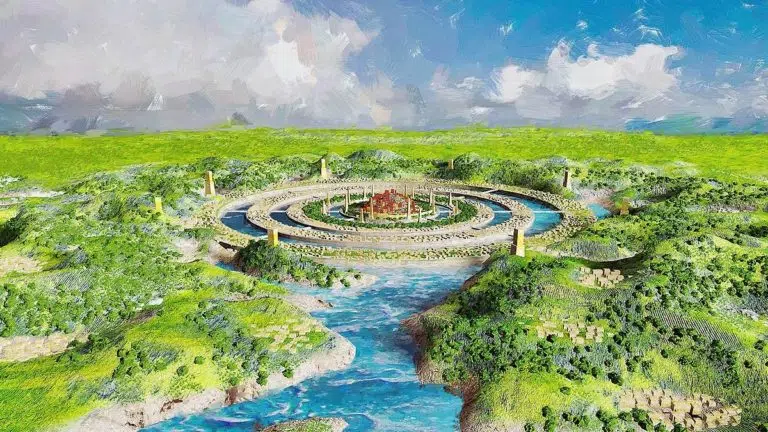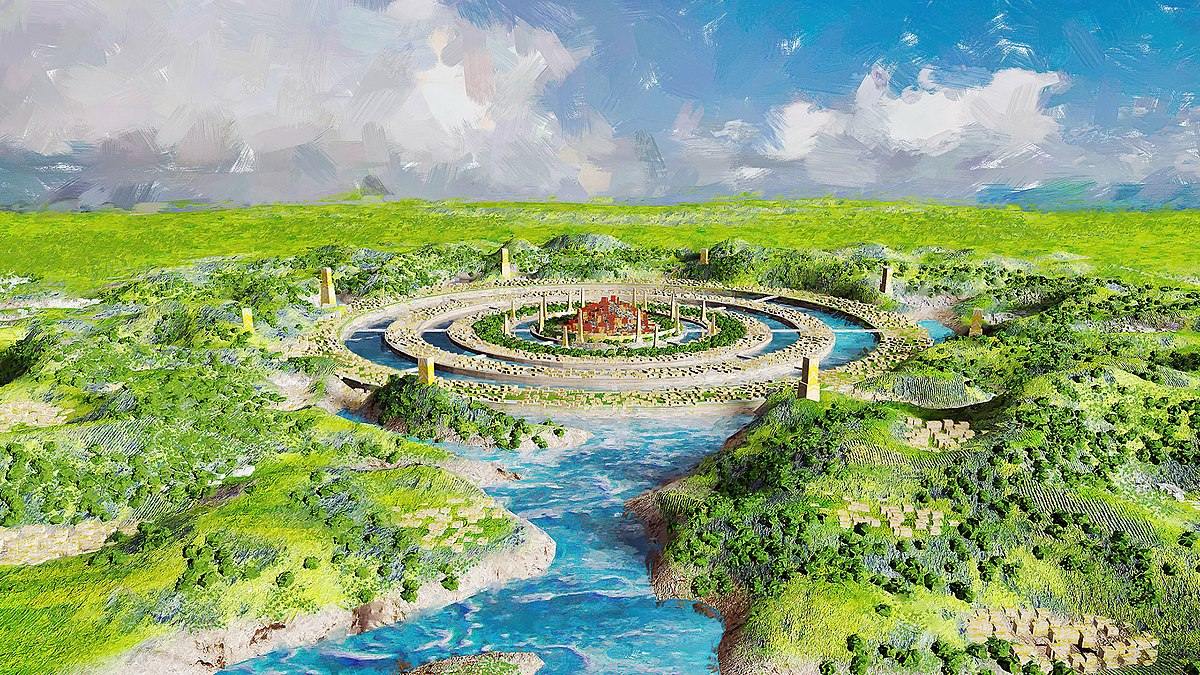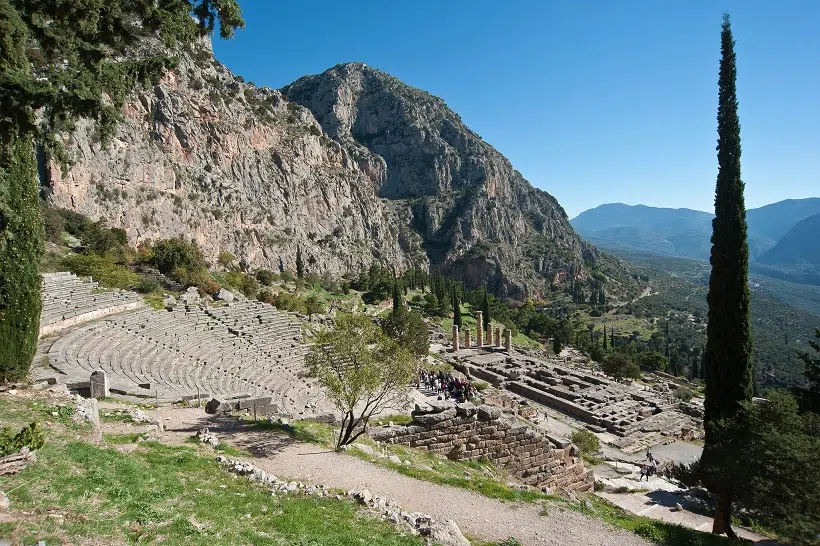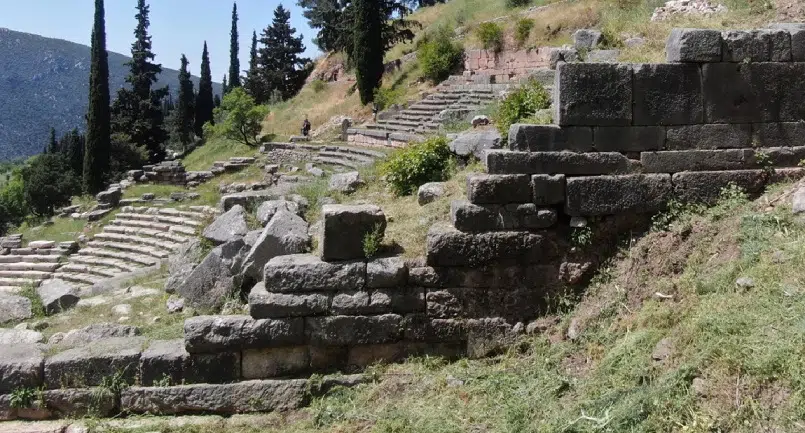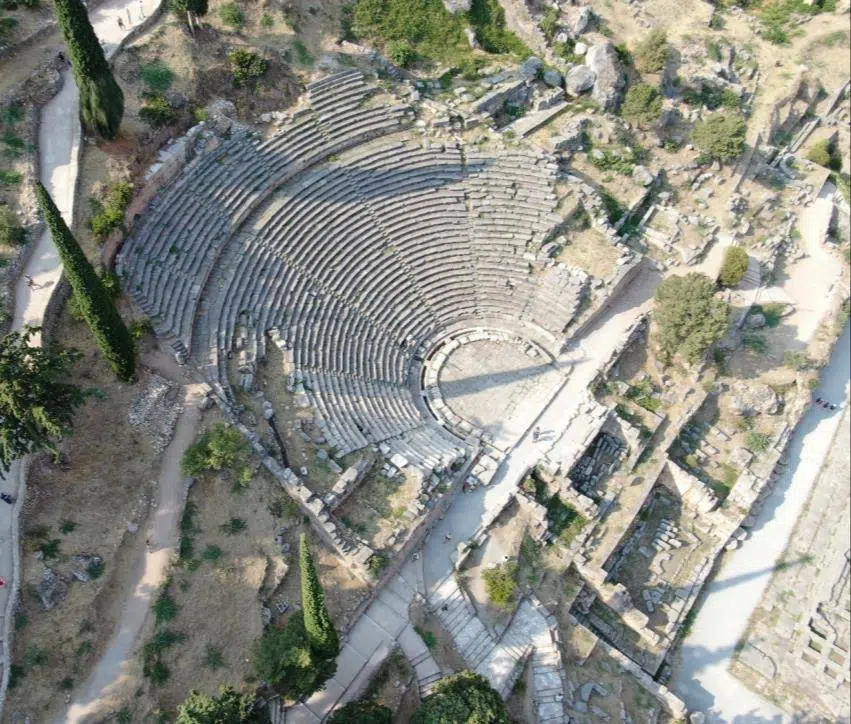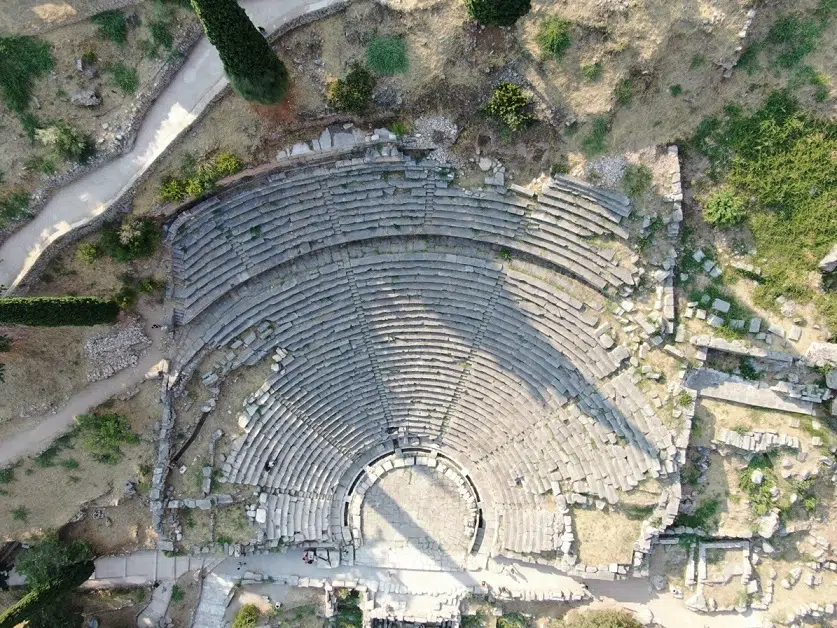
Kollyva, the boiled wheat-based sweet offered at Greek Orthodox memorial services for the repose of the souls of the dead is a superfood that has its roots in ancient Greece.
The ritual food passed from the ancient Greeks to early Christianity in Byzantium and later spread to the entire Orthodox world with added symbolism.
The word “kollyva” has its roots in the ancient Greek word “kollyvos” (singular) (Greek: κόλλυβος), meaning a coin of small numismatic value. The first documented mention of the word is in the play Eirini (Peace), by Aristophanes in 421 BC.
Kollyva symbolizes the association between life and death, between that which is planted in the earth and that which emerges from the earth and is embedded in the making and eating of kollyva. It is served during memorial services three, nine, or forty days after the funeral and in the first and third annual anniversaries of the death. They are also offered on All Souls Day.
During the memorial service (mnemosynon), the kollyva is placed in front of the memorial table or an icon of Christ. Afterwards, it is blessed by the priest who sprinkles it with holy water. The kollyva is then taken to the refectory and is served to all those who attended the service.
Greek Orthodox Christian Symbolism
The wheat in kollyva is the symbol of the human body because man is nourished and grows by eating foods made of wheat. Jesus Christ likened His divine body to a grain of wheat, thus saying in the twelfth chapter of the Gospel according to John: “The grain of wheat, if it falls to the ground and does not die, stays there and does not multiply. But if it dies, it bears plenty of fruit.”
Hence, the wheat symbolizes the death, burial, and resurrection of the bodies. Our dead will dissolve “into what they were composed of” and will rise again with the power of God in the Second Coming with an indestructible body like the grain of wheat.
Therefore, to commemorate our dead, we take the kollyva to the church at the memorial services and on All Souls’ Day and share them with the participants.
At the end of the memorial, the faithful say: “Eternal the memory, eternal the memory, eternal the memory.”
This is the prayer so that the memorial will be eternally effective after tens, hundreds, or thousands of years until the Second Coming.
It is very important that kollyva be made using nine specific ingredients, each symbolizing a religious concept:
Wheat: Symbolizes the earth and the body of the deceased
Sugar: The sweetness of Heaven and everlasting life
Raisins: The vine, Jesus Christ
Parsley: To rest “in a field of green”
Almonds: Fertility, perpetual life (walnuts can be used as well)
Pomegranate: The riches of Heaven, the splendor
Grated rusk or sesame: Let the dirt (earth) that covers the dead be light
Hard white candy: The bones that remain intact after the body disintegrates
Cinnamon: The fragrances, the myrrh that was put on the body of Jesus Christ
Roots in ancient Greece
Kollyva, the sweet made and offered in memory of the dead, has ancient origins. Ancient Greeks used the word “kollyvos,” which originally referred to a coin of small value that was placed on the grave of the deceased and given to the participants. Therefore, today’s kollyva, the sweet made and offered to commemorate the dead, has ancient origins.

This memorial custom is connected to the ancient agricultural custom of panspermia, a mixture of wheat, nuts, and various fruits, which was prepared and offered on the last day of the feast of the Anthesteria, the celebration of spring.
The third day of the Anthesteria was the day in honor of the dead. As nature is dormant during the winter and is reborn in the spring, that day was in honor of the dead whose souls are eternal. On that day, ancient Greeks boiled wheat and various grains in large clay pots symbolizing the souls of the dead and dedicated them to Chthonius Hermes, god of fertility.
The Greeks, since ancient times, associated the commemoration of the dead with rebirth, as happens with the fruits of the earth. Persephone, the wife of Hades, was the daughter of the goddess of harvest, Demeter. Hence, to offer to the living in memory of the dead the sweetness of wheat, nuts, raisins, pomegranate, sugar, and parsley is something that connects us to our origin, our history, but also to earth, the soil, and the beginning and end of everything.



